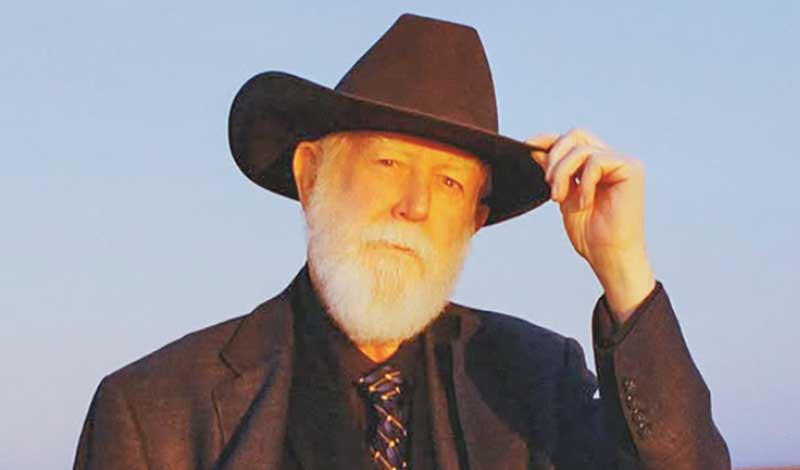Roughly a decade ago, James Turrell transformed the the Guggenheim Museum’s famed rotunda—originally designed by Frank Lloyd Wright—into an immersive light environment titled Aten Reign. Suspended beneath the skylight, six translucent, elliptical rings created a layered structure that bathed the space in slowly shifting hues, draping visitors in a meditative glow of color and light.
The work’s title, drawn from the Egyptian sun deity Aten, evokes a celestial presence and reflects Turrell’s longstanding interest in light as a spiritual force—an interest shaped in part by his Quaker upbringing. This installation marked a pivotal point in his career, both in scale and impact, standing among his most ambitious projects.
Turrell was born on May 6, 1943, in Los Angeles. His father, Archibald, was an aeronautical engineer; his mother, Margaret, a physician who also served in the Peace Corps. By age 16, Turrell had taken up flying and began photographing the world from the air—experiences that deeply influenced his understanding of space, light and perception.
When the Light and Space movement gained momentum in 1960s Southern California, many artists depictied light through painting or sculpture. Turrell’s aim was different: He sought to make light itself the medium. His site-specific installations and light environments have since been exhibited worldwide.
Turrell’s innovative vision has earned him numerous honors, including a MacArthur Fellowship in 1984 and the National Medal of Arts in 2013. Among his most ambitious undertakings is the ongoing Roden Crater project in Arizona—a naked-eye observatory carved into an extinct volcano, designed to frame celestial events and deepen our perception of the sky.
—Prepared by the World Tribune staff
You are reading {{ meterCount }} of {{ meterMax }} free premium articles

